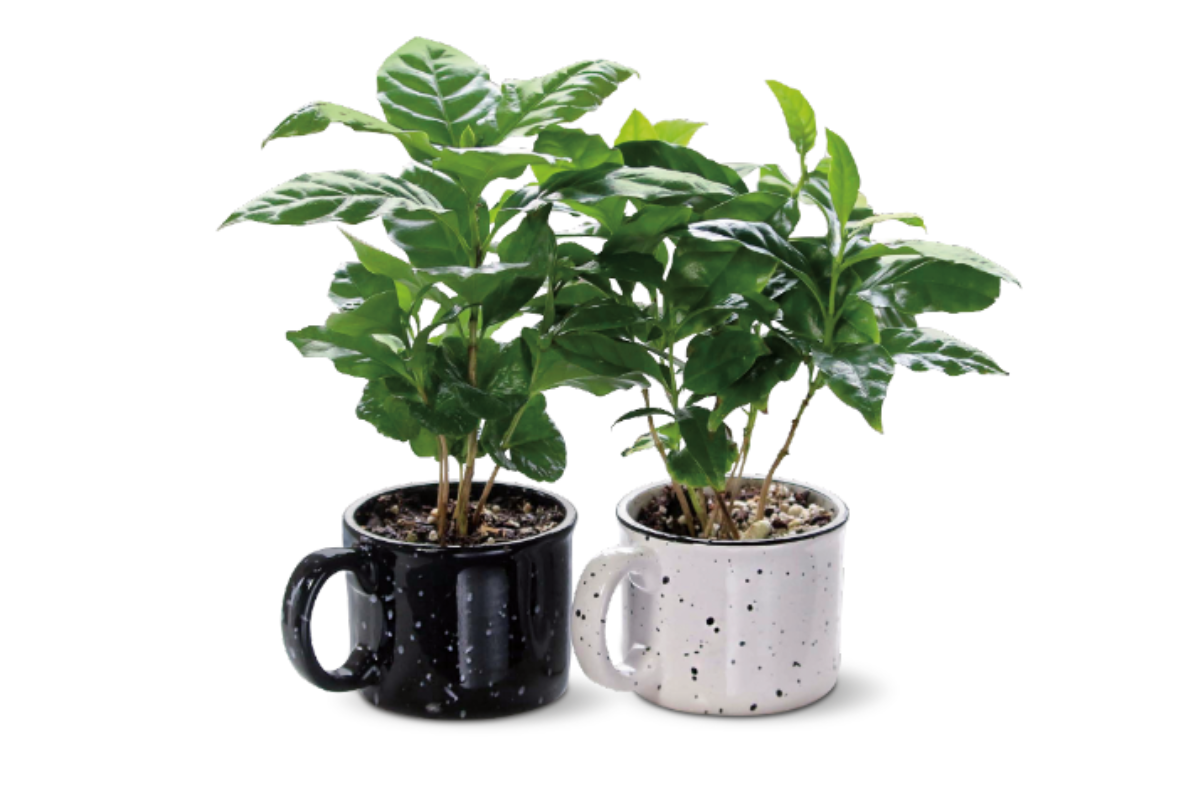
From Crop to Cup: The Coffee Production Process Explained
From Crop to Cup: The Coffee Production Process Explained
- azeem memon
- 23-10-2023
- 23-10-2023
- 2825 views
- Information

Coffee, the beloved brew that kickstarts the day for millions, goes through a remarkable journey before it reaches your cup. From the lush coffee plantations to the meticulous processing and roasting, the coffee production process is a fascinating tale of cultivation, dedication, and craftsmanship. In this blog, we’ll take you on a captivating journey through the stages of coffee production, unveiling the intricate steps that contribute to the rich, aromatic coffee you enjoy every morning.
The Coffee Plant

The journey of coffee begins with the coffee plant, a small evergreen tree of the Coffea genus. While there are several coffee species, the two most commonly cultivated for commercial coffee production are Coffea arabica and Coffea canephora (commonly known as robusta).
- Coffea Arabica: Known for its superior flavor and aroma, arabica beans thrive at higher altitudes, typically between 2,000 to 6,000 feet. They require careful cultivation and are more susceptible to pests and diseases.
- Coffea Canephora (Robusta): Robusta beans are hardier and grow at lower elevations, making them easier to cultivate. They have a stronger, more bitter taste compared to arabica beans and are often used in espresso blends for their crema-enhancing properties.
Coffee Cultivation

- Choosing the Right Location: Coffee is grown in tropical regions around the world, primarily near the equator. Factors like altitude, climate, and soil quality all play a crucial role in coffee cultivation.
- Planting: Coffee plants are propagated from seeds or cuttings. They require well-draining soil and prefer a mix of sun and shade.
- Maintenance: Coffee plants need careful attention. Pruning, regular watering, and protection from pests are vital for a healthy crop.
- Harvesting: The coffee cherries are picked by hand when they are ripe. This can be a labor-intensive process, with multiple passes through the same plant to ensure only the ripe cherries are collected.
Processing the Coffee Cherries
Once the coffee cherries are harvested, they go through a series of processes to transform them into the green coffee beans we know.
- Pulping: The outer skin of the coffee cherry is removed through a pulping machine, revealing the coffee beans inside.
- Fermentation: The beans are fermented in water to remove the mucilage (the sticky pulp) still clinging to them. This process can last from a few hours to a few days.
- Drying: After fermentation, the beans are spread out to dry in the sun or using mechanical dryers. Proper drying is essential to prevent mold and ensure a longer shelf life.
- Milling and Hulling: The dried beans are then milled to remove the parchment layer and the thin silverskin that clings to them. This results in green coffee beans.
Coffee Grading and Sorting
Green coffee beans are typically graded and sorted to classify them according to quality and size. Factors such as bean size, density, and defects are considered during this process.
- Screening: Beans are sorted by size using screens. Larger beans are generally considered of higher quality.
- Density Separation: Coffee is sorted by density using water and air. Dense beans tend to have better flavor and aroma.
- Color Sorting: In some cases, machines are used to sort beans by color to ensure consistency.
Roasting Coffee Beans

Roasting is a critical step in the coffee production process, as it transforms green coffee beans into the aromatic brown beans ready for brewing.
- Drying Phase: The green coffee beans are heated, and their moisture content reduces during the drying phase.
- Browning Phase: The beans start to change color from green to brown as they go through a series of chemical reactions.
- First Crack: This is the point at which the beans expand and crack, releasing steam and CO2. It’s the beginning of the development of coffee flavors.
- Development Phase: The beans continue to darken as they release more CO2 and develop complex flavors.
- Second Crack (Optional): Some coffee beans go through a second crack, which is more common in darker roast profiles. This phase imparts bolder, smokier flavors.
Coffee Packaging and Distribution
After roasting, coffee beans are packaged to preserve their freshness and flavor.
- Packaging: Coffee can be packaged in various forms, including whole bean, ground, or single-serve pods. Vacuum-sealed bags are commonly used to protect the beans from air and light.
- Distribution: Coffee is distributed to local cafes, retail stores, and consumers. It may travel from coffee-producing countries to coffee-loving regions worldwide.
Brewing the Perfect Cup
The final step in the coffee production process is brewing the perfect cup. The choice of brewing method, coffee-to-water ratio, water temperature, and grind size all impact the taste and aroma of your coffee.
- Brewing Methods: There are various brewing methods, including pour-over, French press, espresso, drip coffee, and more, each offering a unique coffee experience.
- Grind Size: The grind size of your coffee beans should match your brewing method. For example, espresso requires a fine grind, while French press needs a coarse one.
- Water Quality: Good-quality water is essential. Use filtered or bottled water if your tap water doesn’t taste pleasant.
- Extraction Time: The time the coffee is in contact with water affects flavor. Experiment to find your preferred extraction time.
Conclusion
The coffee production process is a meticulous and intricate journey from the coffee plantations to your cup. Understanding the stages involved, from cultivation and harvesting to roasting and brewing, can deepen your appreciation for this beloved beverage. Each cup of coffee is the result of dedication, craftsmanship, and a journey that spans continents, making it all the more enjoyable for coffee lovers around the world.






















